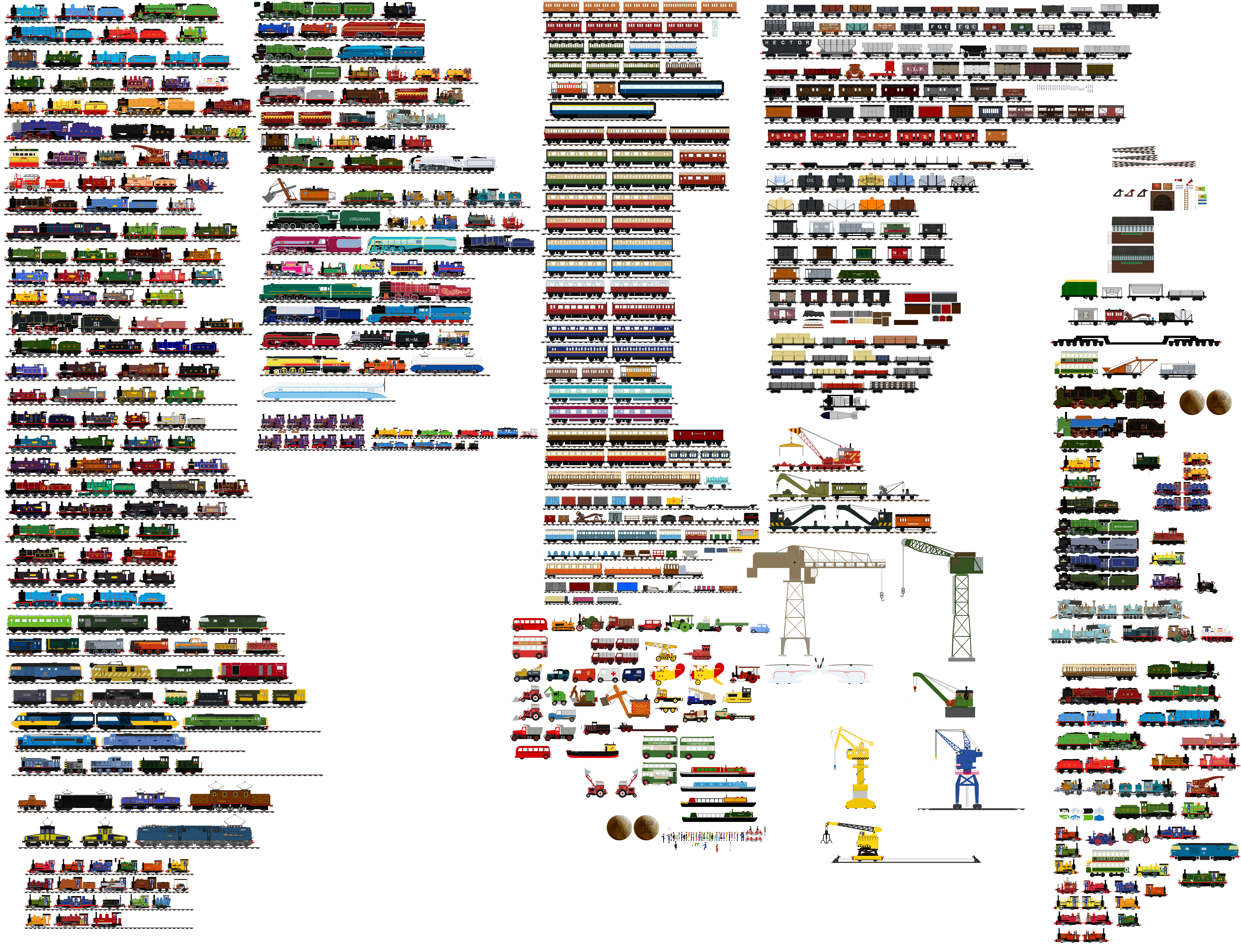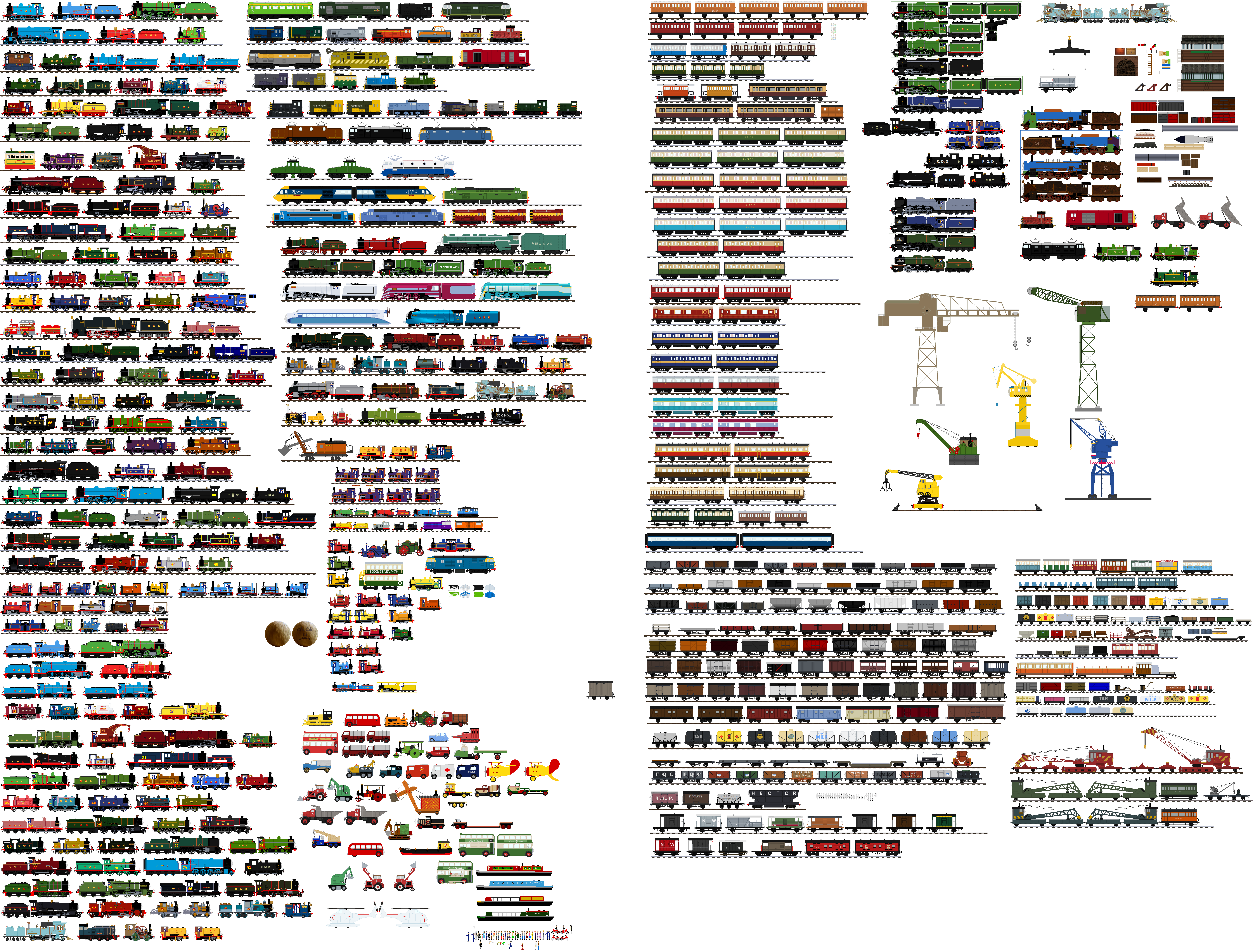HOME | DD
 Swiftwin4ds — Improved LNER V1/V3
Swiftwin4ds — Improved LNER V1/V3

Published: 2021-11-11 05:10:31 +0000 UTC; Views: 5511; Favourites: 48; Downloads: 34
Redirect to original
Description
Initially, Sir Nigel Gresley was averse to the idea of building a large tank engine designed for high-speed running. This was due in part to the Sevenoaks disaster on the Southern Railway involving a K Class 2-6-4T. However, after a number of stability trials Gresley began the design and production of these 2-6-2 tank engines in 1930. 82 Were built at Doncaster from 1930 to 1939, but due to the Great Depression construction of many of the earlier batches were delayed. They were built with Gresley's patented three-cylinder, conjugated valve layout, as well as the solid monobloc casting for all three cylinders, which was shared in P2 Number 2001 Cock O'The North, the V2s, K4s, and V4s. The last 10 members of the class were built as V3s, whose only distinction was that their boilers operated at 200 PSI, giving them higher tractive effort. 4 V1s would be rebuilt as V3s, as well as another 67 by BR after Nationalization. The V1s and V3s were used on commuter trains due to their high tractive effort and smooth acceleration, with half of the class being used on commuter services in Scotland, the North East, and on the former Great Eastern lines, however, Thompson L1 2-6-4s replaced the V1s based at Stratford, and these engines were then moved to Scotland and the North East. British Railways began withdrawing both versions of the class in 1960, with the last V1s going in 1962 and the V3s in 1964. None of either the V1s or V3s were preserved.Related content
Comments: 2

👍: 0 ⏩: 0

👍: 0 ⏩: 0




















